tile over asbestos linoleum?
aim57
13 years ago
Featured Answer
Sort by:Oldest
Comments (10)
carol08
13 years agobill_vincent
13 years agoRelated Professionals
King of Prussia Kitchen & Bathroom Designers · Southbridge Kitchen & Bathroom Designers · Yorba Linda Kitchen & Bathroom Designers · South Farmingdale Kitchen & Bathroom Designers · Beach Park Kitchen & Bathroom Remodelers · Los Alamitos Kitchen & Bathroom Remodelers · Omaha Kitchen & Bathroom Remodelers · Warren Kitchen & Bathroom Remodelers · Shaker Heights Kitchen & Bathroom Remodelers · Country Club Cabinets & Cabinetry · Highland Village Cabinets & Cabinetry · Indian Creek Cabinets & Cabinetry · Livingston Cabinets & Cabinetry · Tabernacle Cabinets & Cabinetry · Boise Design-Build Firmsweedmeister
13 years agobill_vincent
13 years agocbaroks09
13 years agobill_vincent
13 years agocooksnsews
13 years agobill_vincent
13 years agocooksnsews
13 years ago
Related Stories
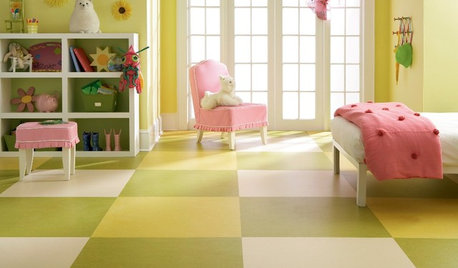
REMODELING GUIDESThe Case for Linoleum and Vinyl Floors
Have pets, kids and a tight budget? Easy-care resilient floors may be the choice for you
Full Story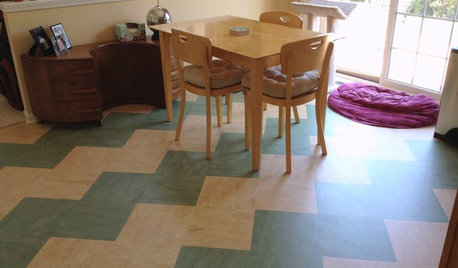
REMODELING GUIDESLinoleum, the All-Purpose Flooring Wonder
Dashing in a rainbow of colors, able to be cleaned with ease and courteous to budgets everywhere, linoleum is a super choice for floors
Full Story
REMODELING GUIDESFrom the Pros: 8 Reasons Kitchen Renovations Go Over Budget
We asked kitchen designers to tell us the most common budget-busters they see
Full Story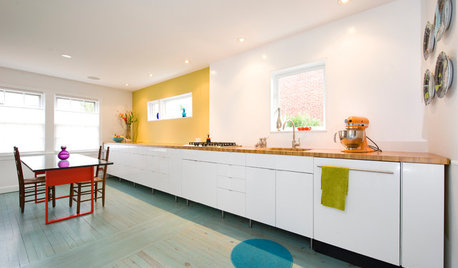
KITCHEN DESIGNKitchen of the Week: Grandma's Kitchen Gets a Modern Twist
Colorful, modern styling replaces old linoleum and an inefficient layout in this architect's inherited house in Washington, D.C.
Full Story
TILETop Tile Trends From the Coverings 2013 Show — the Wood Look
Get the beauty of wood while waving off potential splinters, rotting and long searches, thanks to eye-fooling ceramic and porcelain tiles
Full Story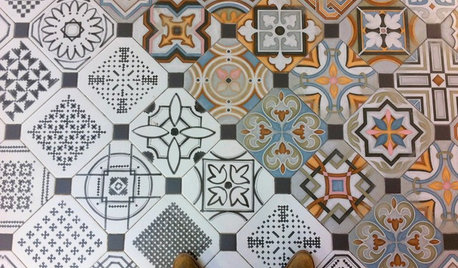
EVENTSTile Goes High Tech at Italy's Big Expo
Cutting-edge methods are creating tile looks from handmade to avant-garde, as seen as CERSAIE 2013
Full Story
REMODELING GUIDESTransition Time: How to Connect Tile and Hardwood Floors
Plan ahead to prevent unsightly or unsafe transitions between floor surfaces. Here's what you need to know
Full Story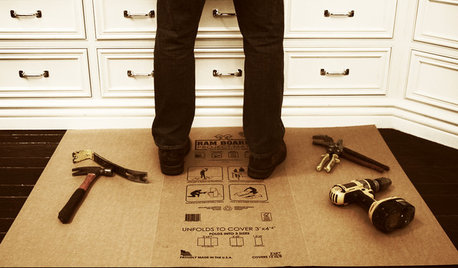
BATHROOM DESIGNOut With the Old Tile: 8 Steps to Prep for Demolition
This isn't a light DIY project: You'll need heavy-duty tools and plenty of protection for your home and yourself
Full Story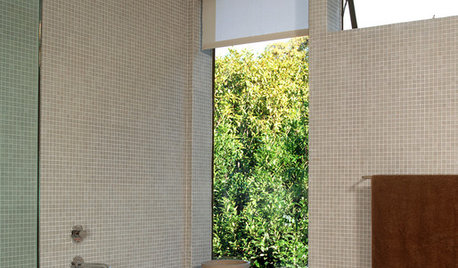
BATHROOM DESIGNFloor-to-Ceiling Tile Takes Bathrooms Above and Beyond
Generous tile in a bathroom can bounce light, give the illusion of more space and provide a cohesive look
Full Story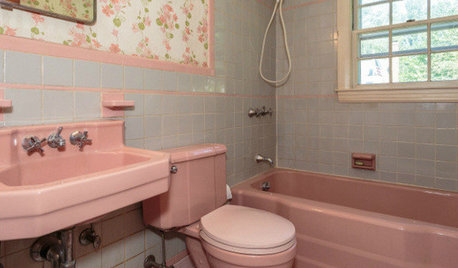
BATHROOM COLOR8 Ways to Spruce Up an Older Bathroom (Without Remodeling)
Mint tiles got you feeling blue? Don’t demolish — distract the eye by updating small details
Full Story





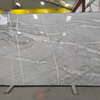
bill_vincent